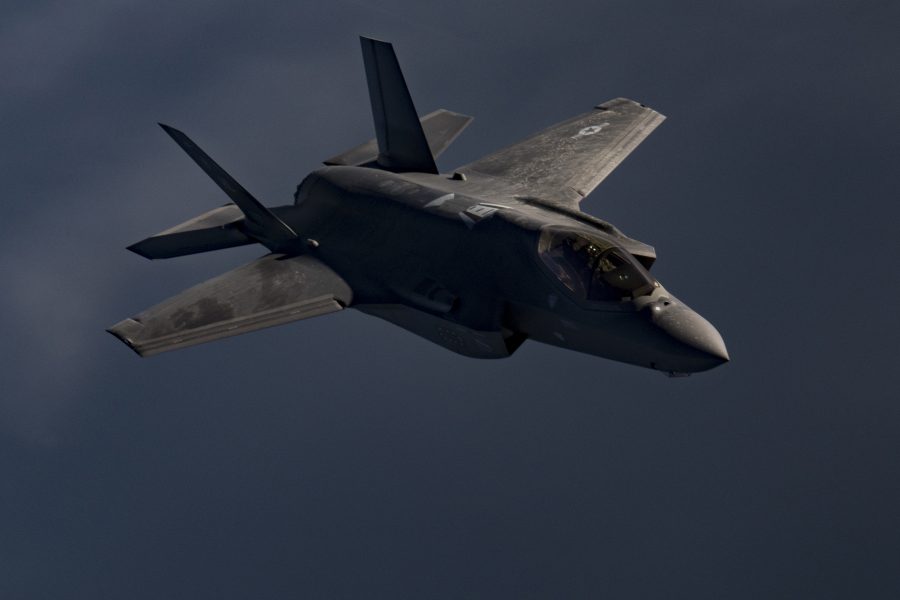The completion of initial operational test and evaluation on the F-35, which will coincide with the declaration of full-rate production, may slip slightly further, Program Executive Officer Lt. Gen. Eric Fick reported March 4.
Speaking at a McAleese and Associates conference in Washington, Fick said testing of the F-35 in the Joint Simulation Environment will occur in the “late summer/early fall timeframe,” with completion in October. Finishing that, along with “four open air trials” and four weapon tests means the end of IOT&E will probably nudge beyond the end of the year, which was the target, he said, and will now likely happen in the “December/January” timeframe. The IOT&E declaration was planned for December 2019.
“The one thing that a full rate decision does is it helps us figure out ways to reduce costs on the program,” Fick said. It’s “unlikely” that without it, “we’ll be eligible for a multi-year procurement.” While there’s been great success in lowering unit costs lot over lot, “We are facing some affordability headwinds in Lot 15 and beyond,” he added, though he did not elaborate.
The Joint Program Office and the Pentagon are evaluating Lockheed Martin’s proposal, which describes how it would carry out a Performance-Based Logistics program. The company has said the PBL is the only way to get to a flying hour cost of $25,000 per hour by 2025.
The PBL pitch “didn’t really get after all the things that we thought it should, … and so after it was delivered, we stood up a team to investigate what an acceptable PBL construct might be,” Fick reported.
“We looked at what our expectations were from a capability delivery or an air system delivery perspective. We looked to see what would we hope to get out of it,” and what options the government might have to do “something different” when it’s over, Fick said. A key issue will be data rights.
“At this point, we have to go to Lockheed for many, many parts of the system, for the sustainment of the system. What we want to get out of the PBL … is the data that will allow us to do something different on the other end of that contract.”
The JPO will conduct a sustainment business case analysis, which it does every five years, “to see what we believe our government posture needs to look like going forward. … Once we have the data we need, we can finish the negotiations and march toward a PBL.”
He said the department is looking to put together a more traditional sustainment contract with options for fiscal 2021-2023, “so we don’t get held up against the ropes in the endgame and get forced into a contractual agreement that we don’t want to live with.”
